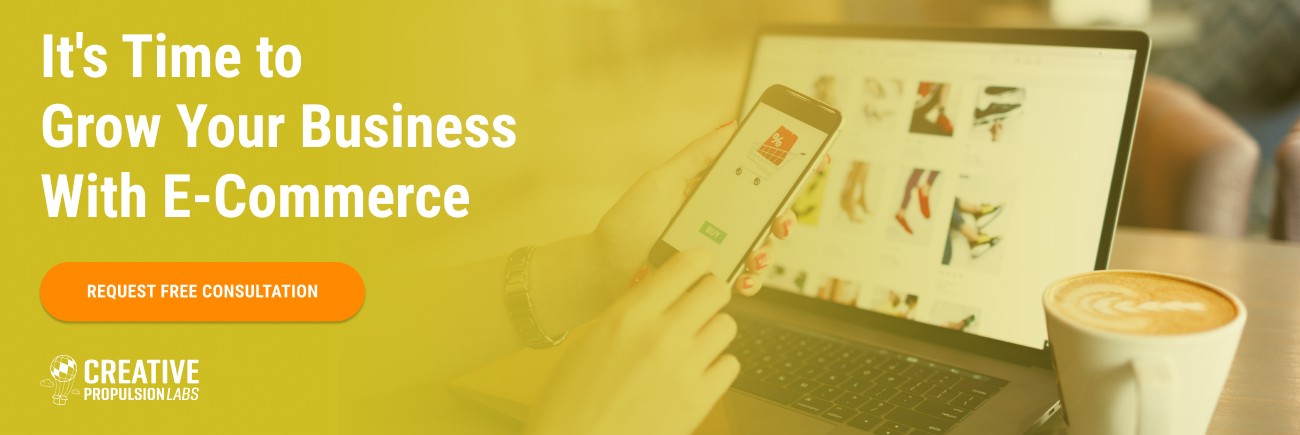People have the power now more than ever. The newest advertising for brands has been shifting away from traditional forms of mass distribution and toward marketing partnerships with individuals with reach and influence in their social communities.
In 2011, NPR ran a story about McDonald's reaching out to 'influential' mom bloggers when the company was experimenting with healthier menu options. The company was giving these mothers early tastes of their latest products and tours of test kitchens, and asking for their input on future menu items. Although at the time the gargantuan fast food chain was looking for in-the-know test subjects, and perhaps a little publicity, they were tapping into the early beginnings of a trend that today is known as influencer marketing.
In today's flood of advertising, where most people ignore ads and many even use ad blockers and DVRs to circumvent them, one of the most effective ways to reach your target audience is by partnering with someone your audience already knows and trust - somebody with influence. This is the basic definition of influencer marketing. Essentially influencers are people known and respected within their fields or spheres of influence who endorse a product and push it out on their own channels, such as social media, newsletters, blogs, and any other media.
Sometimes the influencer is that same mainstream celebrity whose image and endorsement might have formed the basis of a traditional ad campaign, but more often he or she is someone with a much more specific audience. Whereas a few dozen celebrities dominate traditional campaigns, there are thousands of influencers and tens-of-thousands of micro-influencers who may be looked up to and admired by a niche group of people with similar interests, but almost unknown outside their spheres of influence. The marketer reaches their target audience because the influencer plays the role of a trusted friend instead of an admired celebrity.
Influencer marketing is big and getting bigger.
According to Entrepreneur.com, the influencer marketing industry is four times its size from just two years ago, and influencers are now an essential part of many marketing budgets, says Fortune.
Meanwhile, "future growth projections estimate that the industry will experience five times more growth by 2021," says Entrepreneur.com.
One reason is the cost-effectiveness of influencer marketing compared to the typical cost of producing and airing a tv-commercial or taking out a full page spread in a national magazine. Forbes says cord-cutting is the trend that is essentially responsible for the advent of influencer marketing. Internet browser ad blockers mean people scroll right past the banner ad at the top of a website title page. TV viewership is dropping. Fewer people are reading print magazines or casually flipping through glossy pages of advertising. These reasons are only a part of the story behind the boom in influencer marketing, however. More importantly, influencers are engaging consumers right now in ways other media is not.
Premium, agency-produced content with extremely high production values has become extremely expensive, but most influencer-produced content is vastly more affordable. Meanwhile, as technology costs drop, influencers are creating content with production value that was once only available to traditional professionals. Influencer marketing is much closer to leveraging the word-of-mouth way that a product organically becomes popular. You're tapping into the potential of a product to 'go viral.'
The field of influencer marketing is growing and maturing. Since McDonald's first reached out to its coterie of mom blogs, firms and brands have learned much more about what works and what doesn't. Sure, people have always been paid to sell stuff, but influencer marketing is still in its early growth stages. Brands which have thus far limited their influencer budgets to just enough to test the waters will make them larger and permanent. Analytics tracking the impact of influencer campaigns have already improved significantly, and along with investing more in those campaigns, brands will use those analytics to become more strategic with their influencer dollars. The market will grow and expand, and influencer campaigns will transcend social media platforms to reach audiences on almost any platform.
The power of influencer marketing.
Algorithms, the equations that determine what reaches people on social media and what doesn't, are frustrating even the big guys these days and will continue to pose challenges. Algorithms on Instagram, Facebook, and other social media are the codes we're all trying to crack. This is problematic for influencers too, but at least you know an influencer's audience is already interested, and algorithms are constantly being tweaked as social media platforms try to use technology to seek out authenticity.
Meanwhile, Generation Z reads magazines at historically low rates. Their news doesn't come in a nice bound package. It comes a' la carte, through social media feeds. Influencers can have incredible pull over the algorithms that control those feeds, because of their social 'influence.' Influencers can sway a consumer toward a purchase by exposing them to new products and services or encouraging them to consider purchasing a product they may already have come in contact with, by showing them more about that product and educating them of its benefits. They can also provide a consumer direct access to purchase a product, through retargeted ads or affiliate links.
What's the difference between a celebrity hawking the latest gadget or do-dad in a magazine spread or TV commercial, and an influencer promoting the do-dad? Influencers foster more long-term relationships with brands. Consumers don't want a return to single-message advertising delivered by someone paid to read a script. They know it's fake. But the influencer is showing that product to their 'friends'-their thousands of friends. Influencer marketing is cost-effective. It's authentic. It's targeted. The audience is more likely to already be interested in what they're seeing. It's more intimate than a celebrity endorsement meant to appeal to millions of people.
Influencer marketing is maturing.
As the market for paid influencer marketing has matured over the last year, growing pains continue to be addressed. The Federal Trade Commission is cracking down on undisclosed sponsorship agreements, and the amount of data and analytics available for an influencer marketing campaign has greatly increased. DigiDay reports:
Although it is hard for many marketers to pinpoint return on investment for influencer marketing, the ability for brands and agencies to dig into the audience data of influencers has significantly improved over the past year, according to Kerry Perse, U.S. director of social media for OMD [a marketing agency]
“Measurement capabilities of influencer networks are getting sophisticated,” said Perse. “They used to just provide delivery — or impressions — and engagement metrics. But now, some [influencer platforms] started partnering with Nielsen to create studies or [with] viewability companies like Moat.”
She added that agencies can now also get data around the tone of voice, content style and follower demographics of influencers to make sure brands reach the right audience.
The influencer is in control.
Influencer marketing is personality driven—the influencer's personality. The influencer's personality intrinsic to their brand and marketability, thus when marketing your product they are in control. The influencer is in control and this is what makes influencer marketing authentic.
Influencers pick brands that represent their views. It's not just pay-to-play. Influencers control the connection with their audience and fans. Whereas a traditional celebrity will go through agents and social media teams, for influencers it's personal, and people respond positively to that. With influencer marketing, the individual is becoming more powerful.
Photo by Joey Thompson on Unsplash


